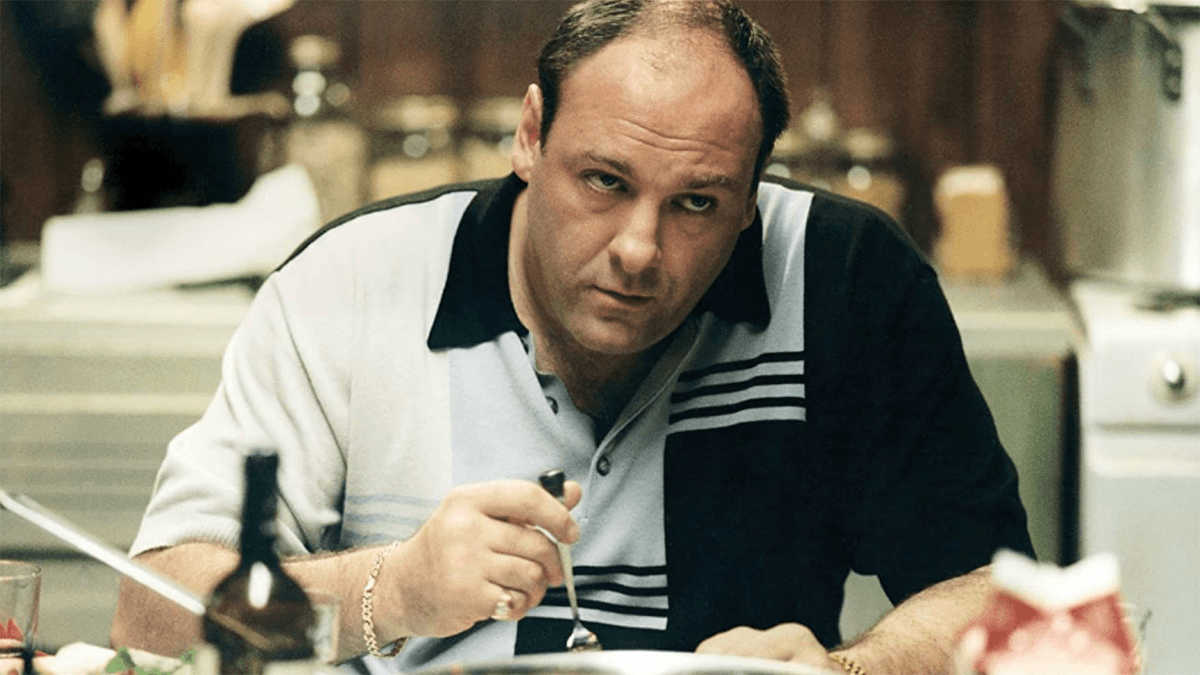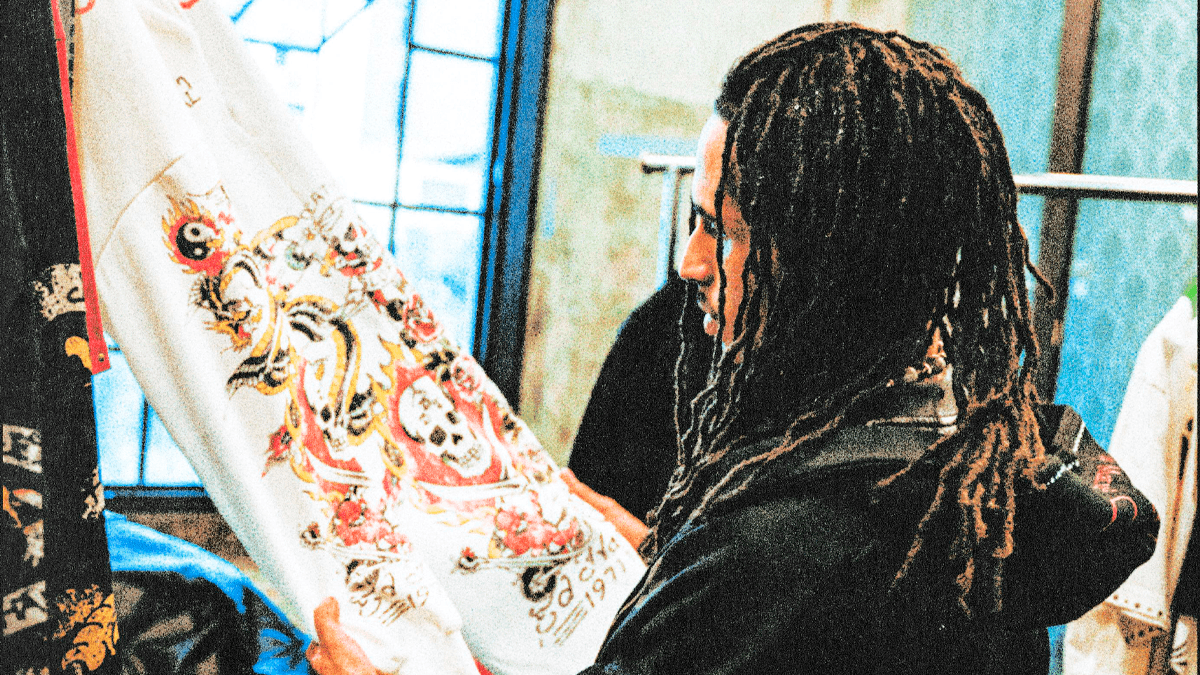Louis Vuitton, Virgil and Pharrell: what remains beyond the rainbow?
When he presented his first collection for Louis Vuitton (LV) in 2019, the 56 looks of Virgil Abloh paraded over the enchanting color gradient of Oz, the fantastical universe of the musical The Wizard of Oz (1939), an adaptation by Victor Fleming inspired by the children’s tale of L. Frank Baum.
Spring/Summer Men's 2019 ready-to-wear show at the Palais Royal, Paris, France. Photo: Getty Images
The spectacle of his Spring/Summer show reserved for the technicolor runway the only pathway back home. The models who walked it had to face it just as Dorothy did in her journey back to Kansas. The exit, for both, was just after the rainbow ended.
After the creative fast that followed Abloh's passing in 2021, the appointment of Pharrell Williams as Creative Director of the maison raised questions that seem to remain open. The high expectations created by the nomination reflected the fear — and also the attachment — of the fashion community for Virgil's historic tenure at LV.
The criticisms raised at the time stemmed from a protective sentiment, in defense of preserving the legacy left by Abloh during the seasons he held the highest creative position at the house. After three collections presented by Pharrell Williams, it seems to be an opportune moment to question: what remains beyond the rainbow?
It may sound contradictory, but what makes a good fashion show a good fashion show is not just the quality of the pieces and accessories presented. Although the clothing is, indeed, the most important — at the end of the day, fashion is clothing — a good show is also one that allows us to think, reflect, and talk about fashion. This, undeniably, Pharrell has brought here, especially in his Fall/Winter 24.
Although not extraordinary or innovative, his latest collection, inspired by the Hollywood Old West and the Dakota and Lakota native nations, inaugurates important discussions that deserve attention.
The first of these is a contextual notion. Unlike other brands contained in the LVMH portfolio, LV did not start as a clothing brand, as is the case with Dior and Givenchy. Keeping this in mind is relevant, considering that the value perception built around LV today transcends clothing but is historically associated with high-end bags and luggage made for the French bourgeoisie in the mid-19th century. In fact, neither LV nor LVMH have made or make any effort to convince us otherwise. For all practical purposes, clothing there comes second. Bernard Arnault learned early that clothing can only orbit around accessories and it bags— the real source of the group's astronomical margins.
Regarding Creative Direction, it should be clear that Pharrell has no intention of hiding the ball. With the extravagant number of 76 looks, his first Spring/Summer 24 collection presented the main codes to be articulated during the period he will be in the creative command of the maison. This is natural. Any creative with more than 30 years of career and numerous collaborations in their repertoire no longer has much to hide (and that’s okay). Most likely, Pharrell's direction will be a stable, consistent passage, with its ups and downs and some collections more creative than others — nothing that isn’t already part of the industry's reality.
On the other hand, without wanting to, Bernard Arnault found in Pharrell a new John Galliano. It’s no secret that one of LVMH's most hidden desires is for Dior's haute couture to return to the hands of the then Creative Director of Maison Margiela. The thing is, a brand that relies so much on commercial factors cannot risk numerical losses that could mean, at a minimum, hundreds of millions of euros. The scandalous statements that led to Galliano's downfall also brought an end to Dior's golden era. A fashion moment that Arnault had never managed to recover. Until Pharrell.

Pharrell Williams in the LV atelier in Paris. Repost: @skateboard
Pharrell mirrors in LV the best qualities of Galliano at Dior. Both think of shows as apotheotic events. In Pharrell's case, featuring closing shows and performances that range from Mumford & Sons to Jay-Z. Both also easily switch between the roles of Creative Director and showman, which reinforces the commercial tone and relevance of the brand.
Pharrell is a commercial expert. A trend implementer. Just think of songs like Happy. Brands like Human Made. Curations like that of Joopiter. Pharrell Williams's cultural adherence is a vocation that few can present. In other words: Pharrell sells. Understanding this is fundamental to comprehend what Louis Vuitton is proposing in a macro fashion context. And, in this aspect, perhaps Virgil and Pharrell are not so different after all.
It is bitter to admit, but the fact is that the criticisms made today against LV are justified, largely because Pharrell is not Virgil. Disliking for the sake of disliking seems to translate into a false refinement, which finds its reason in nostalgia. It would be easier to view the brand for what it really is — and always has been — since Marc Jacobs: commercial. Those who expected very complex concepts either do not know Pharrell Williams's work or are mistaken about what LV can offer (or rather, wants to offer). For our relief, the commercial can also be good.

Pharrell Williams during the Fall/Winter 2024-2025 Louis Vuitton show. January 16, 2024, in Paris, France. (Photo: Francois Durand)
In the first paragraphs of this text, one of my arguments is that a good show is one that allows us to think critically about fashion. The Fall/Winter 24 show of LV is a good show. Not because it is innovative. But because it demonstrates how fashion is, in fact, the thread that conducts possible narratives. Under Pharrell's Creative Direction, the archetype of the Hollywood cowboy, so masculine and hegemonic, encounters identities that have been silenced for so many decades. The new power of this narrative is contained in cowboys who are black, indigenous, effeminate, and whose courage is not in the revolver but in the silhouettes.
Virgil Abloh's last collection took place in the Louis Dreamhouse. A collection that brought together in a dreamlike atmosphere his main mannerisms over eight seasons. In a brand that was born from bags and luggage, the traveling mentality is not so far from that dreamy one. With Pharrell, perhaps this is what exists beyond the rainbow: the dream of possible narratives.

From left to right, Virgil Abloh and Pharrell Williams. Photo: Amy Sussman/WWD
See others like this





